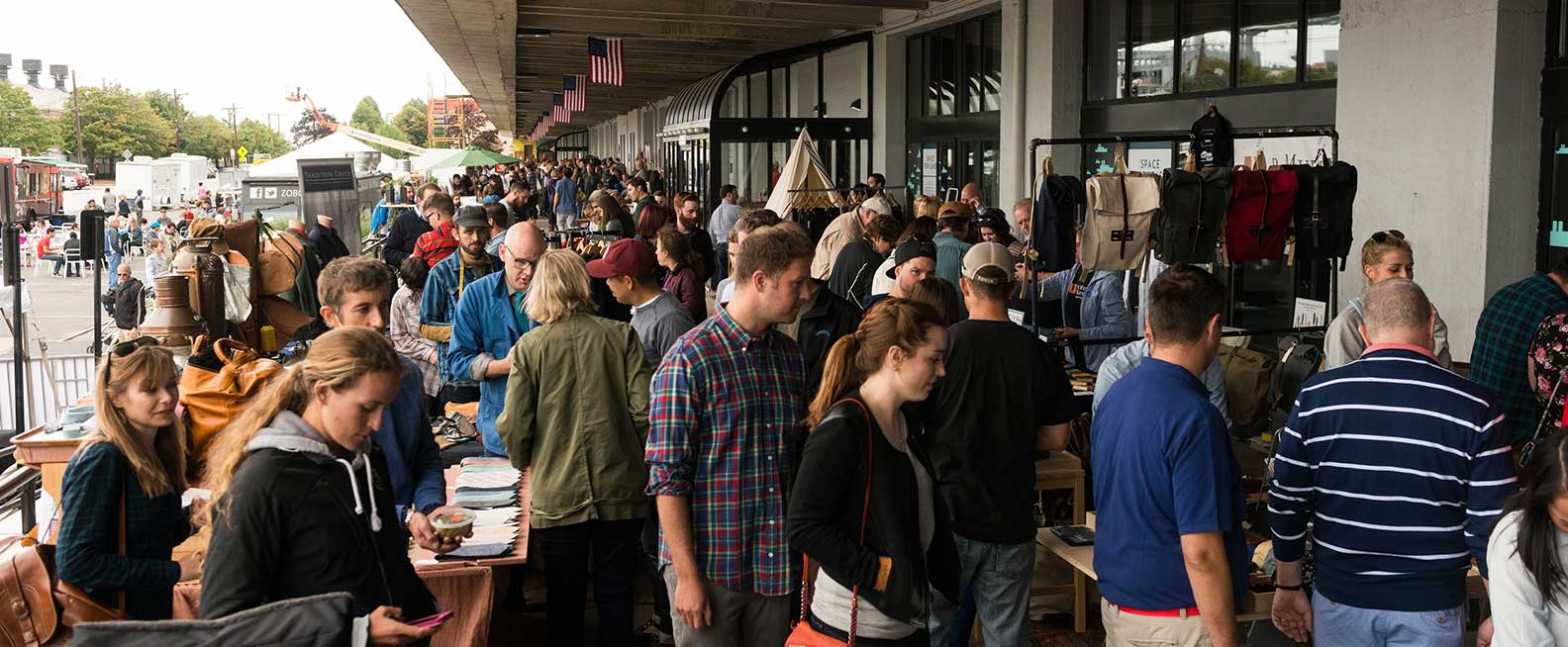Industrial properties are scattered throughout our cities and towns. Many of these industrial spaces are filled with small manufacturing and production businesses, from carpentry to food production to hardware fabrication. They are the backbone of our local economies. Yet these businesses, and the buildings they are in, rarely garner the long-term investment that they merit.
Neighborhoods that are predominantly occupied by these small-scale producers have an opportunity to redefine what it means to be an industrial area. The time is ripe to promote our local small-scale producers and give them a public face to support the businesses and increase neighborhood investment.
Large real estate developers, like Jamestown’s Industry City project in Brooklyn, adopt a model similar to a Business Improvement District (BID) or Main Street program. They keep the space clean and safe, promote the community of producers widely, create a coherent design to the development, and carefully place a mix of complimentary tenants in the buildings.
The investments in these elements are important for the financial success of the property. They encourage more visitors to come onsite, promote greater consumer spending, create a more sustainable physical environment for the producers, and drive profits up through complimentary uses- ultimately making the real estate project more profitable over the long-term.
Neighborhoods with a mix of property owners have a similar opportunity to create a coherent and cohesive identity for an existing area of small-scale producers. The model from the National Main Street Center for downtown commercial districts can be applied to core blocks of an industrial area in order to establish an Industrial Main Street.
The four points of the Main Street Approach are:
Organization
Promotion
Design
Economic Restructuring
We can apply these directly to an industrial neighborhood context. A few clear steps will help to increase the value of the district property, expand the visibility of local producers and support a growing bottom line for all those involved.
Organization – Property owners and the small manufacturing business owners need to come together to gauge interest in promoting and creating an industrial main street. Open communication across these groups about goals and outcomes for the district will be key to success. These individuals will ultimately make up the organizational structure of a local main street program, volunteer to support reinvestment efforts, and potentially contribute to hiring paid staff to implement the industrial main street plans.
Promotion - The district or set of blocks must be promoted to the broader community and region. In most cases, the broader community does not know what businesses are located in the industrial areas, what might be sourced from them, and how to connect with these local businesses either through retail or wholesale opportunities. Promoting the district through events is time and labor intensive but also a great method of exposure for both the producers and the properties. The events might showcase the producers in the neighborhood, bring in food and beverage from the region, or the group may select to pursue online promotion through social media. All promotional work should emphasize what is unique about this area. As an industrial main street, the businesses may not want major foot traffic every day of the week, but may select market days to open doors to visitors and consumers.
Design – Many industrial buildings have significant deferred maintenance challenges and do not have any exterior signage for the production that takes place inside. In many cases, this is why the buildings remain affordable to small-scale producers. An industrial main street program will need to carefully devise a plan that retains affordable space but also encourages property owners to invest in the exterior condition of the buildings and/or create uniform signage for the area to showcase the businesses in the area. A safe and attractive environment will be important to attract visitors to onsite events. Public space, landscaping, parking lots, sidewalks, and building facades all need to be considered for investment to create a welcoming outdoor environment. Many main street programs provide revolving loans to local property owners for façade improvements and organize volunteer days to fix up public spaces.
Economic Restructuring – An interesting mix of production businesses will be important for a successful industrial main street. Some of the businesses should be public facing (like food production businesses that have a retail front) and some businesses will be interior only (think big saws or super clean tech machines). A balanced mix will be challenging to create with a large group of property owners, but open communication about what types of businesses need to be recruited will boost the overall profitability of the area. The main street staff may also provide local producers with trainings about wholesaling, retail merchandising, marketing and participation in public events.
Similar to commercial main streets, an industrial main street will not fit everywhere and with every industrial use. The building types, relationship to the street, availability of safe sidewalks, and location within the larger community all need to be taken into account. Also, the property owners and local businesses need to commit to the program and clearly define goals and responsibilities.
But in the right place, with investment of time and resources in organization, promotion, design and business placement, the district can provide dividends to the production businesses, the property owners and the surrounding community.

